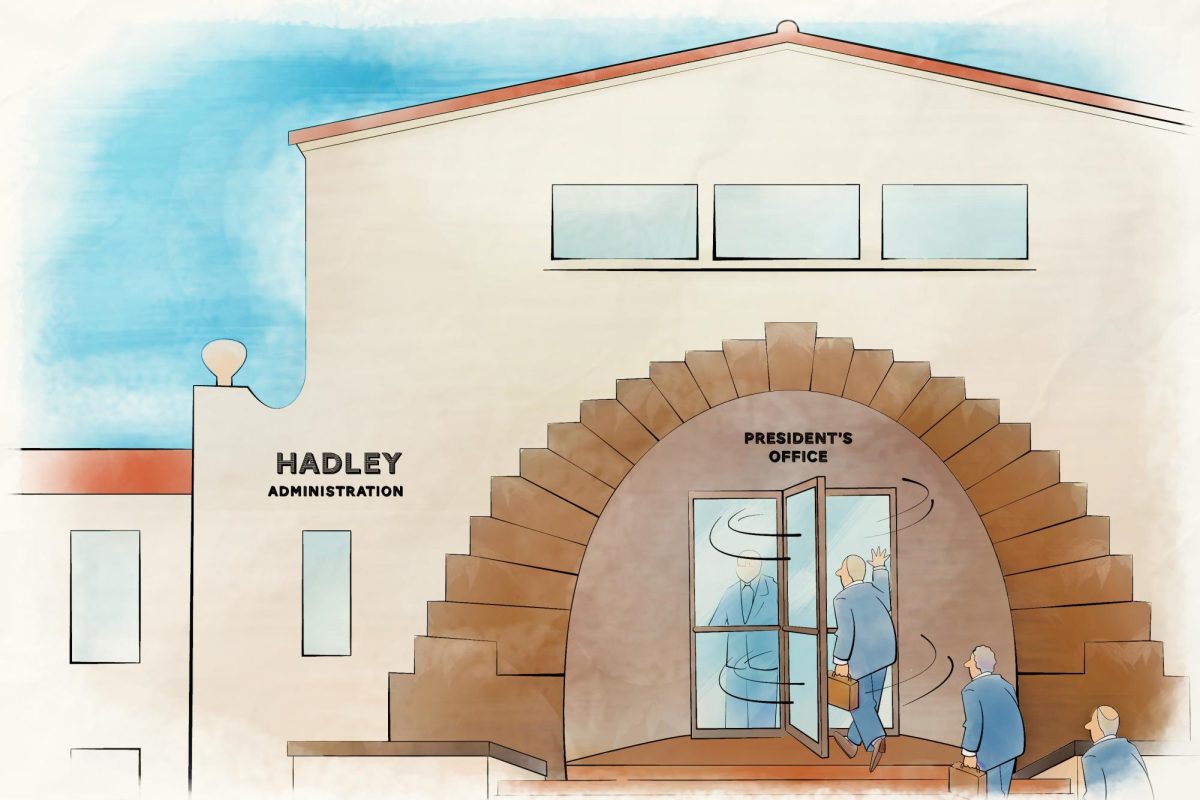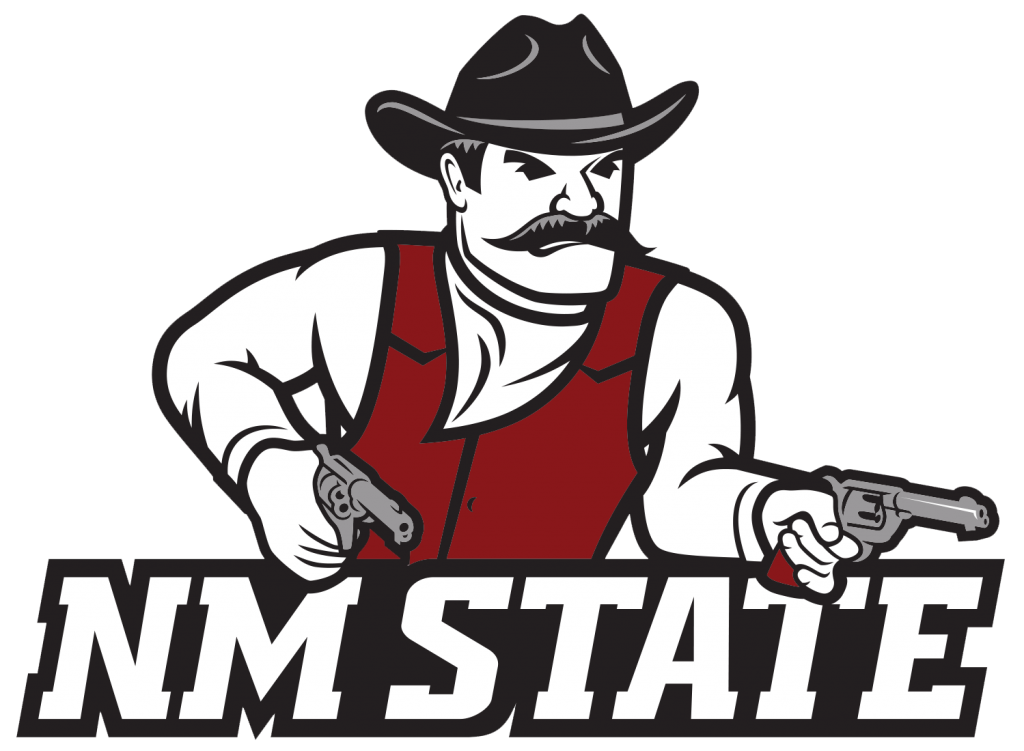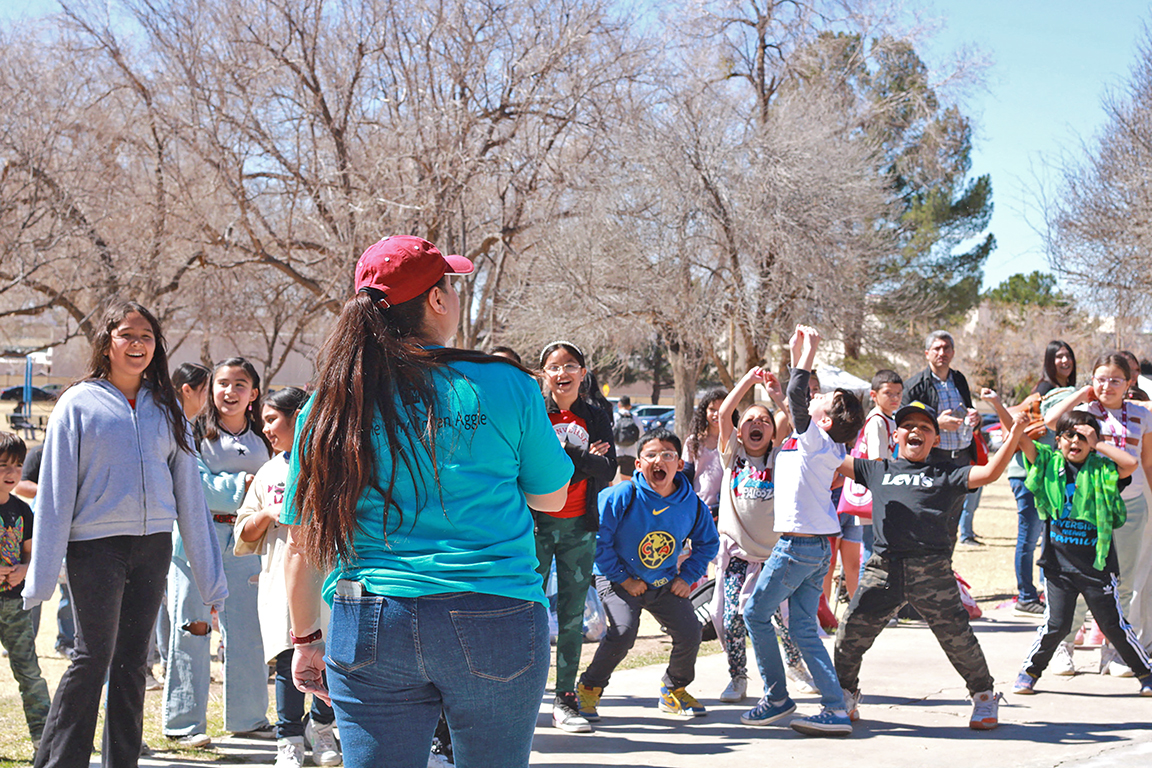New Mexico State University is entering another period of administrative uncertainty following both the eight-month long presidential search being reinstated after having been deemed a failure by the Board of Regents on March 11, and Provost Alan Shoho announcing his retirement shortly after on March 22. In light of this news, a new presidential search has begun with a new committee headed by Board of Regents Chair Ammu Devasthali. Mónica Torres, DACC president, will serve as interim president, and Lakshmi Reddi, dean of the College of Engineering, will serve as interim provost.
NMSU has had 11 different presidents (not including Torres) in the past 25 years, only three of whom remained in the position for longer than three consecutive years. Of the 11, four were interim presidents who only served as placeholders while the board continued to search for a permanent candidate. Sometimes, multiple searches were conducted during one of these periods.
Many of the former presidents left the university over undisclosed circumstances or controversies. The lack of transparency regarding the exit of these leaders has raised questions of why this pattern has continued over the past couple decades.
Christopher Brown, a professor in the geography department who also served on the previous presidential search committee, offered insight into the process, his experience, and the Board of Regents’ final decision.
“It was a very, very rigorous process… we gave them what we felt like were highly qualified candidates,” Brown said. “I was disappointed… but they’re the executives and they made the decision on who they were or were not going to hire.”
The lack of consistent leadership has had vast effects on every level of the university, albeit in different ways.
Interim Department Head of Journalism and Media Studies, Amy Lanasa, discussed the history of NMSU’s leadership in relation to other universities.
“Since the year 2000, New Mexico State has had 11 presidents,” Lanasa said. “UTEP — just across the border — has had 11 presidents total in their entire time as a university.”
Lanasa also remarked on how the lack of stability has made it difficult for institutional change to occur, resulting in a lack of direction.
“Something that I read recently is that it takes 12 years to make any institutional change in higher education,” Lanasa said. “So, it’s been hard for us to move forward in any real way.”
Brown agreed, stating, “In the long run, it’s damaging to the university, because you don’t have the stability to build a strategic plan and implement it.”
Manal Hamzeh, a professor in Borderlands and Ethnic Studies, considered how both the institution and the faculty have reacted to this tumultuous inconsistency of leadership over the duration of her time at NMSU.
“We took the blows, and the university is still standing,” Hamzeh said. “Because we do our job honestly as faculty.”
Faculty are not the only university stakeholders impacted by the inconsistency, as the student body has also felt the effects of the leadership consistency crisis.
“It’s brought a lot of uncertainty, things are constantly changing,” said business student, Daquiri Torres. “No one knows what’s going on tends to be the problem.”
Engineering student Oscar Torres agreed, only ever seeing interim administrators in his time at NMSU.
“I don’t think we’ve had a [permanent] president since my freshman year,” Torres said. “At this point, I don’t know who is even managing the school.”
However, daily operations continue despite the uncertainty. The ongoing efforts by staff and faculty who continue to focus on providing an education to students and maintaining the institution contribute greatly to the experience at NMSU, regardless of administrative woes.
“The people that work here want to work here,” Hamzeh said. “Because they love their students. Because they see the meaning in what they’re doing.”
The Round Up attempted to get in contact with the NMSU Board of Regents for a deeper look into the previous presidential search, but they were unavailable for comment.










